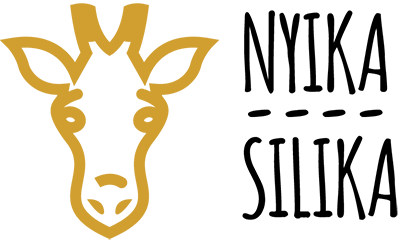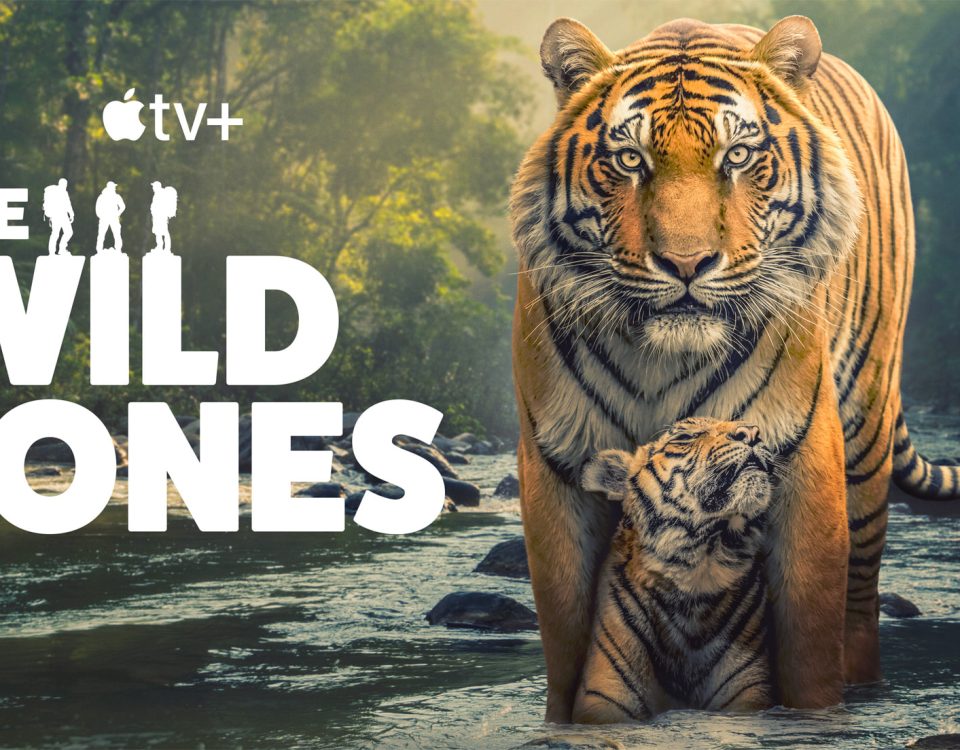Three Documentaries. One Week. One Message.

The Year of the Snake with Random Snake Sightings
28th August 2025
Karura Forest: Breathe! For How Long?
1st September 2025When you watch a really good natural history documentary, life somehow makes more sense, or at least it does for me. This past week, I found myself immersed in three beautifully crafted natural history documentaries that reminded me why I do what I do.
For most viewers, documentaries inspire a desire to protect species. But for me, as a wildlife conservation scientist, filmmaker, and nature enthusiast, documentaries like these remind me why I love science, why storytelling pulled me in so strongly, and why understanding the small wonders of nature will always be part of my life. So, let’s delve into these incredible moments of the natural world captured on camera.
Big Cats 24/7
Filmed in Botswana’s Okavango Delta, a place I’ve only explored a small part of, but which already has my heart and soul, Big Cats 24/7 season one left me in awe. I wasn’t on the edge of my seat so much as enthralled by the camera gear and the fascinating scientific facts registered throughout (see what I did there). Every episode left me deep in thought.
I had first seen part of it at the Wildscreen Festival in Botswana this June, where I also had the privilege of meeting some of the incredible people behind it. That encounter gave the series even more meaning. Watching this series also reminded me of the Big Cat Diary series, which aptly caught my attention in science and filmmaking at an early age.
If you love cats, big cats in this case, you’ll find these species mesmerising. If you love cameras, you’ll be amazed at the technology behind the filming, the cutting-edge night-vision and drone footage, which I absolutely enjoyed. And if you’re a science nerd or nature enthusiast, this will definitely bring you joy.
What stood out most for me, beyond the breathtaking visuals, was the presence of local cinematographers, a huge plus. The series gave us a rare behind-the-scenes look at how nature films are made. The filmmakers are part of the story, almost co-presenters, revealing the long days and nights, the frustration of not finding the animals you’re tracking, and the emotional restraint required when witnessing the harsh realities of nature at its worst. You are reminded that as filmmakers, we are not saviours; we are observers, interpreters, and sometimes reluctant participants in a story that is not ours. Nature cannot be scripted. When a leopard cub is at risk, you cannot intervene; that is not your role.
Another highlight was how effortlessly the presenters explained the science of big cats. The attention to detail was impressive, and they made complex facts accessible. And those night scenes, I always looked forward to them. At one point, I was half-expecting a cat to climb onto a vehicle (a male lion almost did). Without giving away too much, I’ll just say I can’t wait for season two and to see both familiar and new faces.
A Life Among Elephants
This one was special. A quick side note: when I was finishing my undergraduate degree, I applied to Save the Elephants for research work. I wasn’t accepted, but the universe has its ways. I’ve since interacted with the organisation in different capacities, including on a series featuring David Daballen.
The film follows Sir Iain Douglas-Hamilton, an icon of elephant science, who, for me, is one of the greatest of all time (GOAT) when it comes to African elephants. He pioneered conservation work that continues to inspire today. The documentary traces his life from the beginning, showcasing his passion, determination, and resilience, as well as the sacrifices made by his family, especially during the poaching crisis.
I loved the storytelling: the historical depth, the heartfelt reflections from his wife, Oria and daughters, Saba and Dudu and the wealth of archival footage that perfectly complemented the present-day narrative. As a photographer, I see the role Oria played in his life and highly celebrate her too. It was a beautiful reminder of the power of documenting one’s journey relentlessly from the start.
As a filmmaker, I appreciated how well the story was told, showing how Iain’s legacy lives on through the many people he has inspired. As a scientist, I was struck by the importance of data and records, how science plays a critical role in conservation, and how documentation and stories will shape the future of human–wildlife coexistence. Iain’s life is remarkable, and he owes us nothing.
The Last Rhinos: A New Hope
Curiosity drew me to this film. It was shot in Ol Pejeta Conservancy, where I’ve encountered the last two known Northern White Rhinos, Najin and Fatu. I also knew some of the filmmakers in the credits, and seeing the work of renowned photographer Ami Vitale featured was reason enough to watch.
The film focuses on the plight of the northern white rhino, now functionally extinct in the wild, a species I’ve written and spoken about many times, especially since the death of Sudan, the last known male. For newer audiences, the story may feel fresh and captivating. For me, it was the perspective that mattered: seeing this story told through the eyes of Ami Vitale, who has documented this journey for 16 years with unparalleled dedication.
What made it stand out was the unusual focus on the storyteller. We often see scientists or communities at the centre, but here the lens turned toward those usually behind the camera. It underscored the importance of documenting conservation history and science, not just for now but for future lessons, so we can learn what worked and what didn’t. It also shows how powerful storytellers are as protectors of memory, not just of wildlife, but of human empathy.
For those drawn to the science, the film dives deep into embryology, genetics, and the extraordinary efforts of scientists, conservationists, and rangers working to save a species at the edge of extinction.
Final Thoughts
This week of films left me inspired. My curiosity has been stirred, my ideas for camera work refreshed, and my storytelling techniques enriched. More than anything, I’m reminded that, especially as Africans, we must document our own species and stories. With the right resources, we can be at the forefront, both as scientists and storytellers, in protecting the biodiversity that defines our continent.
Photography and film preserve moments, but it’s our words, our science, our reflections that bridge those moments to future generations. I’m reminded that this journey is not just about films, it’s about building momentum. Community by community, story by story, science by science.





2 Comments
I am hopefully hopeful at we will tell our story
It is up to us. We can’t keep waiting for the world to tell our own stories.